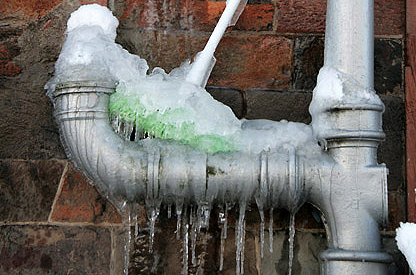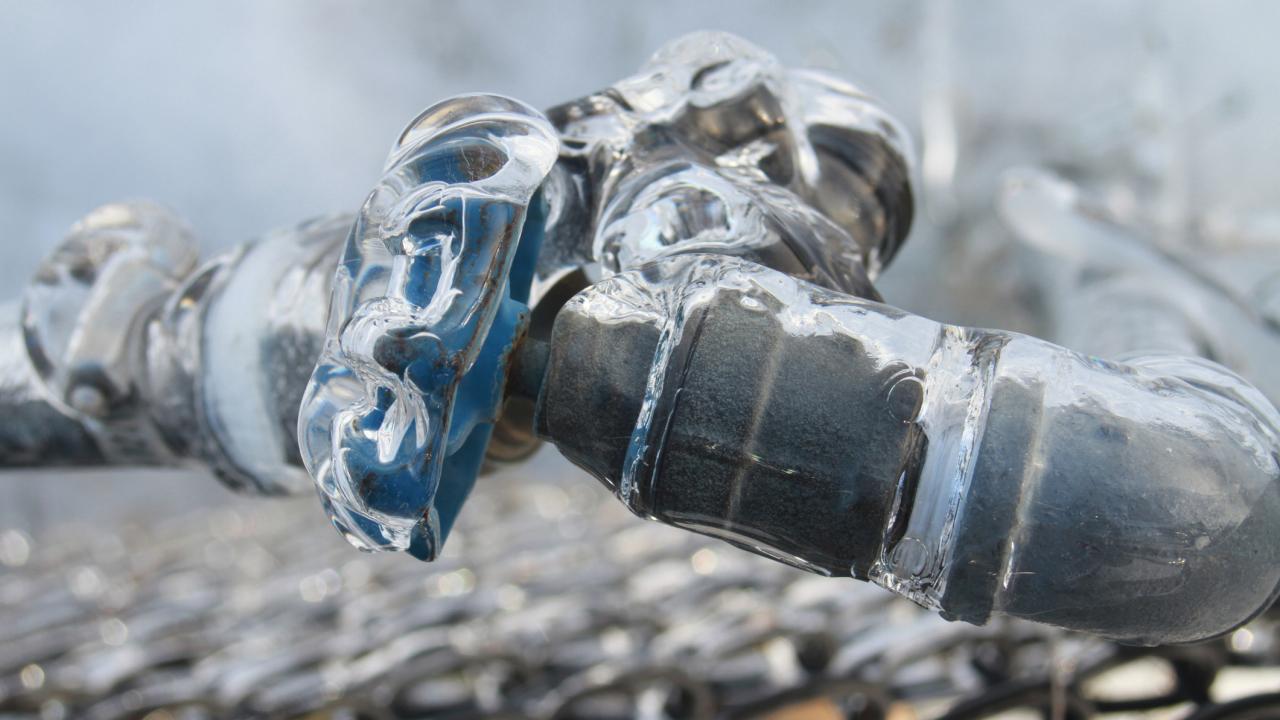Avoiding Frozen Plumbing in Winter: Professional Advice
Avoiding Frozen Plumbing in Winter: Professional Advice
Blog Article
Almost everyone may have their unique conception in relation to Helpful Tips to Prevent Frozen Pipes this Winter.

Cold weather can wreak havoc on your plumbing, specifically by freezing pipes. Here's how to prevent it from happening and what to do if it does.
Introduction
As temperatures decline, the threat of icy pipes increases, potentially resulting in expensive repair work and water damages. Recognizing exactly how to prevent icy pipes is essential for home owners in chilly climates.
Recognizing Frozen Pipelines
What causes pipelines to freeze?
Pipes ice up when subjected to temperature levels below 32 ° F (0 ° C) for expanded periods. As water inside the pipes ices up, it expands, putting pressure on the pipeline wall surfaces and potentially triggering them to break.
Risks and problems
Frozen pipes can bring about water interruptions, property damages, and pricey repairs. Burst pipes can flood homes and trigger substantial architectural damages.
Indicators of Frozen Water Lines
Identifying frozen pipes early can avoid them from breaking.
How to identify frozen pipes
Try to find decreased water flow from faucets, uncommon odors or sounds from pipelines, and noticeable frost on revealed pipelines.
Prevention Tips
Protecting vulnerable pipelines
Wrap pipes in insulation sleeves or make use of warm tape to protect them from freezing temperature levels. Focus on pipelines in unheated or exterior locations of the home.
Heating strategies
Keep indoor spaces adequately heated up, specifically areas with pipes. Open up cabinet doors to permit cozy air to distribute around pipelines under sinks.
Protecting Outdoor Pipes
Yard hoses and outdoor faucets
Separate and drain pipes yard hoses prior to wintertime. Install frost-proof faucets or cover exterior faucets with protected caps.
What to Do If Your Pipelines Freeze
Immediate activities to take
If you suspect frozen pipes, maintain taps open to ease stress as the ice thaws. Make use of a hairdryer or towels taken in warm water to thaw pipes slowly.
Long-Term Solutions
Structural adjustments
Think about rerouting pipes away from exterior walls or unheated areas. Add extra insulation to attics, basements, and crawl spaces.
Updating insulation
Invest in top notch insulation for pipes, attic rooms, and wall surfaces. Appropriate insulation helps keep regular temperature levels and lowers the risk of icy pipelines.
Verdict
Preventing icy pipelines needs positive steps and fast feedbacks. By understanding the reasons, indications, and preventive measures, home owners can protect their plumbing throughout winter.
6 Proven Ways to Prevent Frozen Pipes and Protect Your Home
Disconnect and Drain Garden Hoses
Before winter arrives, start by disconnecting your garden hoses and draining any remaining water. Close the shut-off valves that supply outdoor hose bibs and leave the outdoor faucet open to allow any residual water to drain. For extra protection, consider using faucet covers throughout the colder months. It’s also important to drain water from any sprinkler supply lines following the manufacturer’s directions.
Insulate Exposed Pipes
Insulating your pipes is an effective way to prevent freezing. Pipe insulation is readily available at home improvement stores and is relatively inexpensive. Pay close attention to pipes in unheated areas such as the attic, basement, crawl spaces, or garage. Apply foam insulation generously to create a buffer against the cold. You can also wrap your pipes in heat tape or thermostat-controlled heat cables for added warmth.
Seal Air Leaks
Inspect your home for any cracks or openings that could let in cold air. Seal any holes around the piping in interior or exterior walls, as well as the sill plates where your home rests on its foundation. Additionally, make sure to keep your garage door closed unless you’re entering or exiting. Leaving it open creates a significant air leak that can lead to frozen pipes.
Allow Warm Air Circulation
During cold snaps, it’s essential to allow warm air to circulate evenly throughout your home. Leave interior doors ajar to promote better airflow. Open kitchen and bathroom cabinets to help distribute heat consistently around the rooms. If you have small children or pets, be sure to remove any household chemicals or potentially harmful cleaners from open cabinets for safety.
Let Faucets Drip
A small trickle of water can make a big difference in preventing ice formation inside your pipes. When temperatures drop significantly, start a drip of water from all faucets served by exposed pipes. This continuous flow helps prevent the water from freezing. Additionally, running a few faucets slightly can relieve pressure inside the pipes, reducing the chances of a rupture if the water inside does freeze.
https://choateshvac.com/6-proven-ways-to-prevent-frozen-pipes-and-protect-your-home/

Do you like more info about How to prepare your home plumbing for winter weather? Try leaving a comment directly below. We would be pleased to find out your opinions about this write-up. We are looking forward that you visit us again soon. Liked our article? Please share it. Let someone else check it out. We treasure reading our article about How to Prevent Your Pipes From Freezing.
Source This Article Report this page